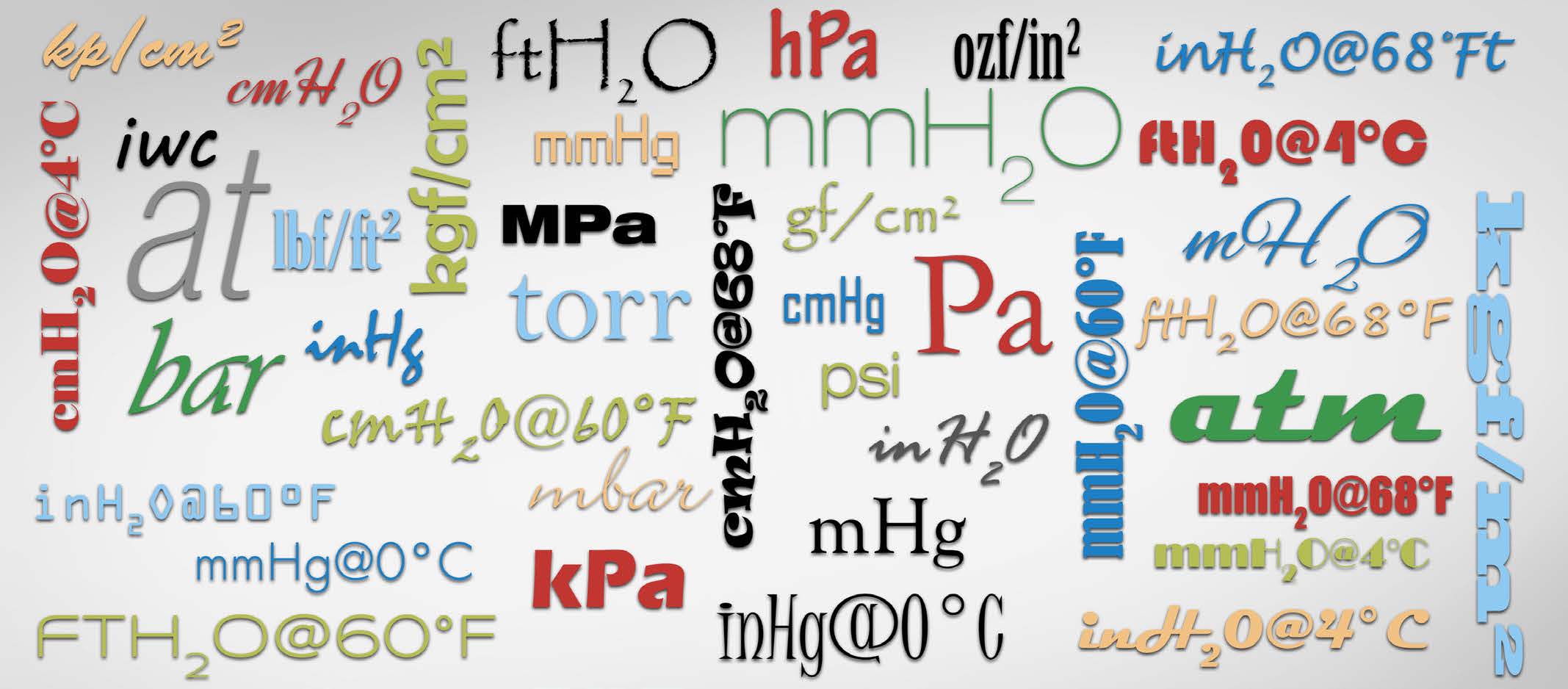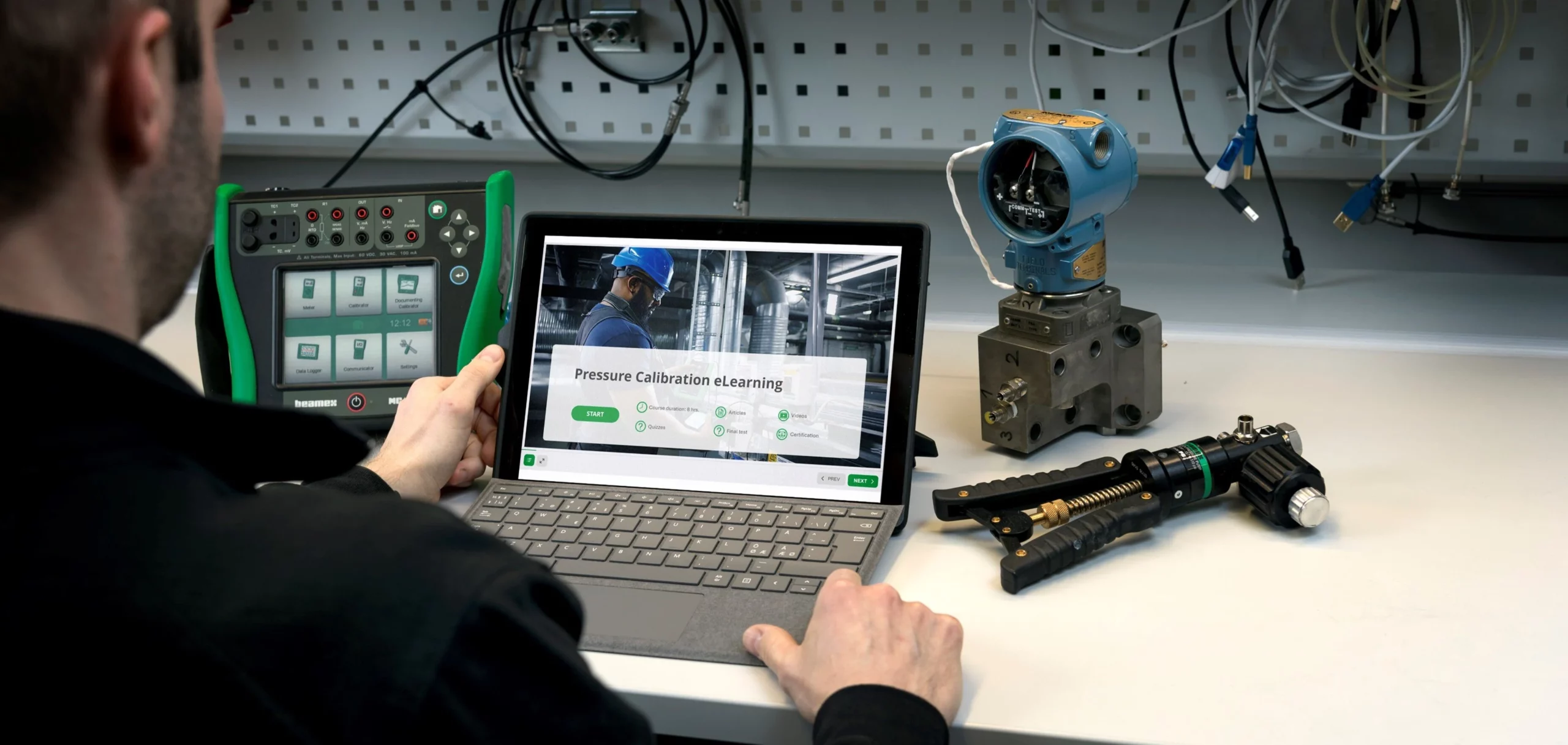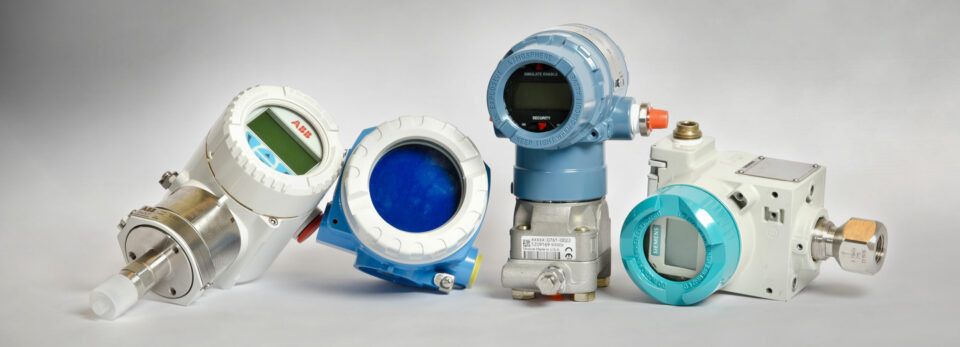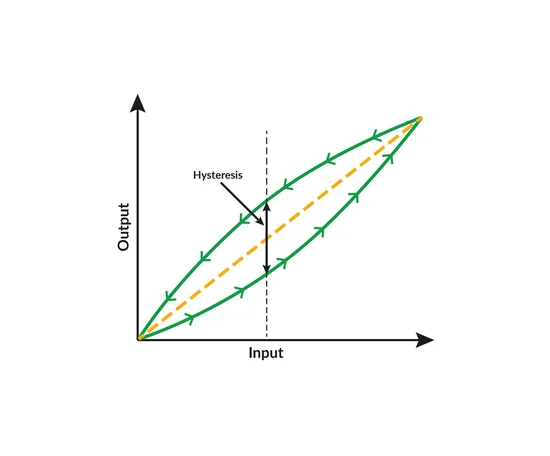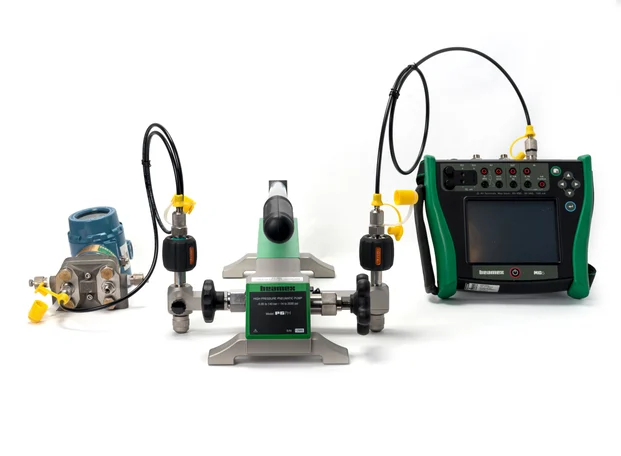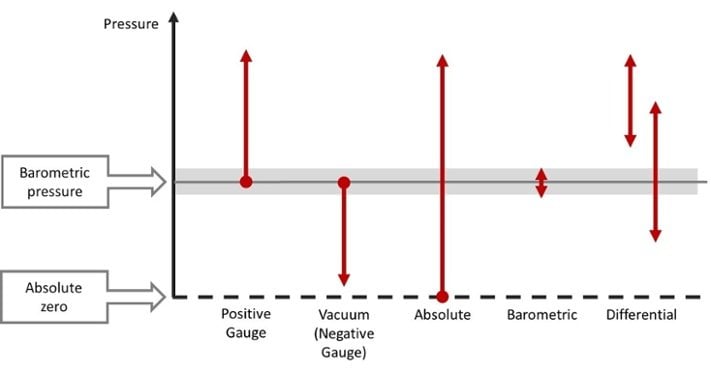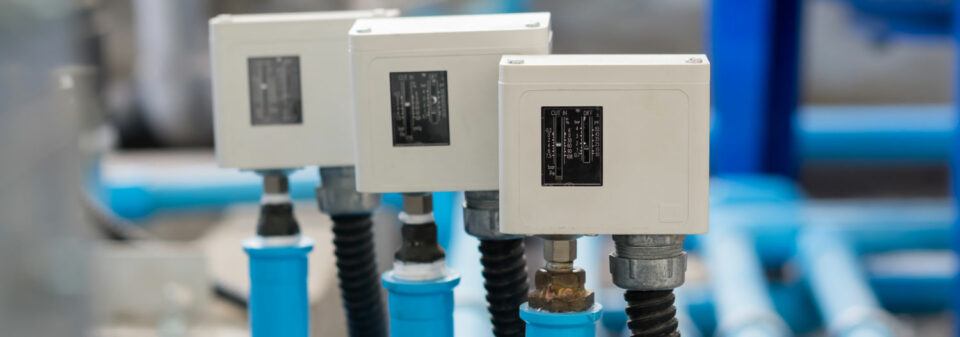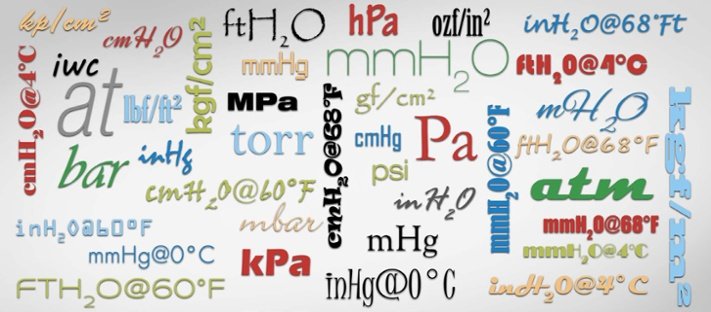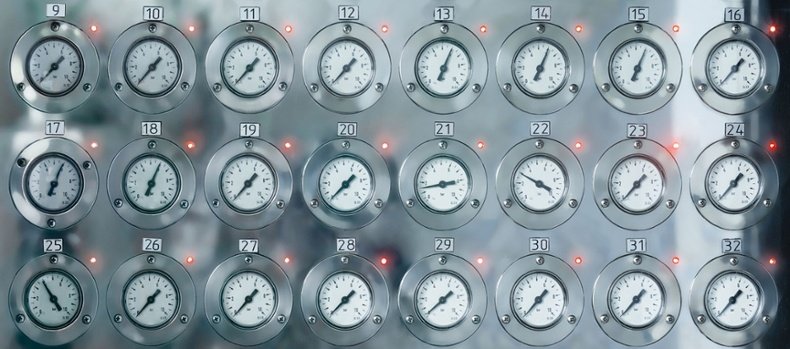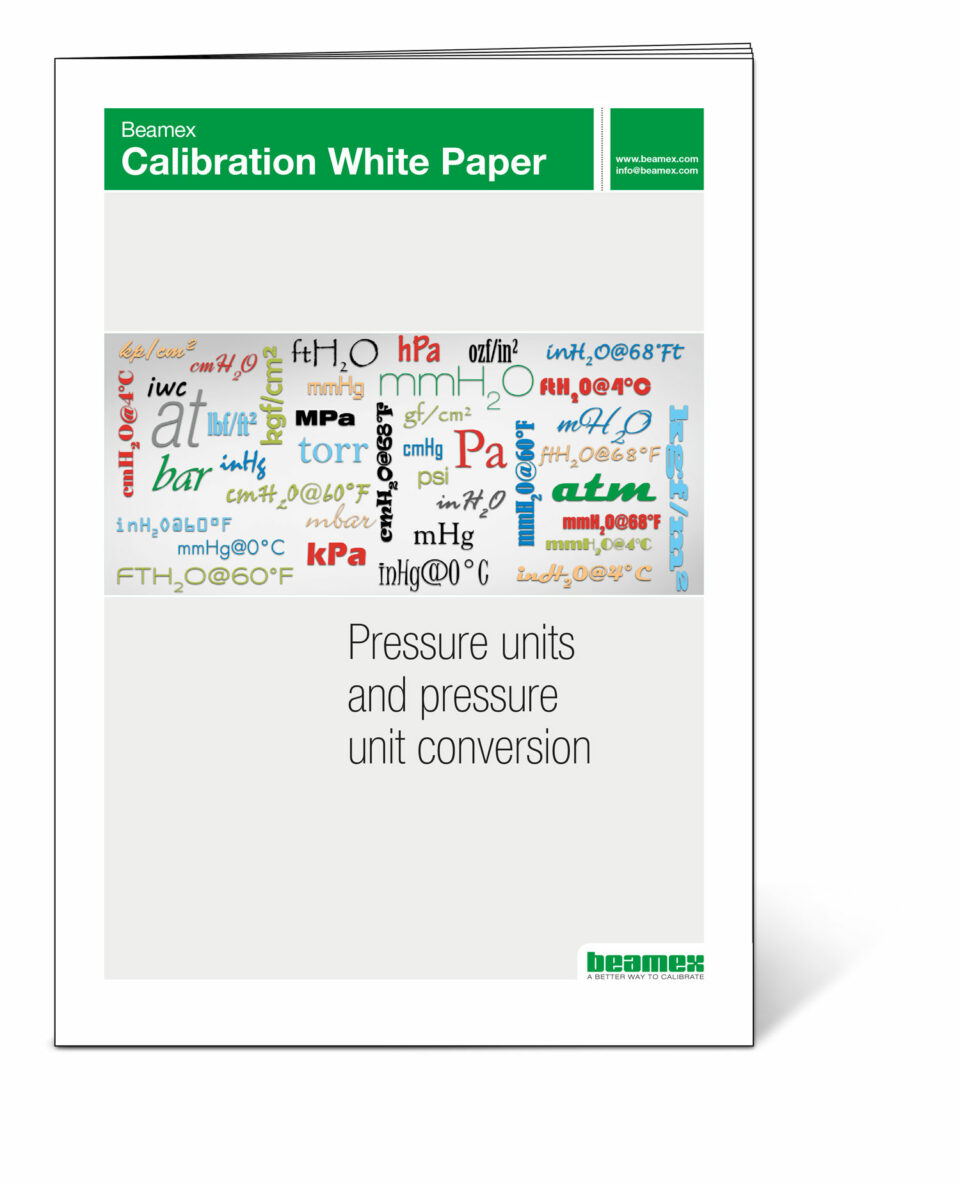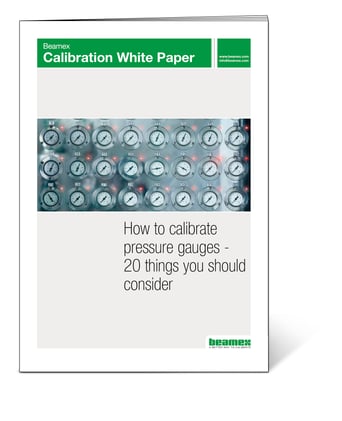Pressure unit converter
Use the below pressure unit converter by entering the numerical pressure value to the “Value” field, the unit to the “Unit” field. Press the “Convert” button to view the results in the table below. Please use decimal dot (not a comma). Hover over the unit in the table to see its full name.
| Value | Unit |
|---|---|
| at | |
| atm | |
| bar | |
| cmH₂0 | |
| cmH₂O@4°C | |
| cmH₂O@60°F | |
| cmH₂O@68°F | |
| cmHg | |
| ftH₂0 | |
| ftH₂O@4°C | |
| ftH₂O@60°F | |
| ftH₂O@68°F | |
| gf/cm² | |
| hPa | |
| inH₂O | |
| inH₂0@4°C | |
| inH₂0@60°F | |
| inH₂0@68°F | |
| inHg | |
| iwc |
| Value | Unit |
|---|---|
| inHg@0°C | |
| kgf/cm² | |
| kgf/m² | |
| kp/cm² | |
| kPa | |
| lbf/ft² | |
| mbar | |
| mH₂O | |
| mHg | |
| mmH₂O | |
| mmH₂0@4°C | |
| mmH₂0@60°F | |
| mmH₂0@68°F | |
| mmHg | |
| mmHg@0°C | |
| MPa | |
| ozf/in² | |
| Pa | |
| psi | |
| torr |
Pressure and pressure units
Many different pressure units are used around the world and sometimes this can cause confusion and even dangerous situations.
Pressure
Pressure quantity is defined as force per area, p= F/A, force being perpendicular to the surface. Since force can be presented as Mass x Gravity, there are many different units used for mass as well as for the area, so there are a large number of different combinations, causing a huge number of different pressure units.
SI system (International System of Units) / Metric system
In the SI system, the basic pressure unit is Pascal (Pa), being Newton per square meter. As Newton is kgm/s2, Pascal can be presented as the following formula:
1 Pa = N / m2 = kg / m x s2
Pascal is a very small pressure unit. For example, the standard atmospheric pressure is 101325 Pa absolute.
There are different combinations of units for mass and units for area. In the SI system, we can get the following pressure units: kgf/m2, gf/m2, kgf/cm2, gf/cm2, kgf/mm2, gf/mm2.
Although “Bar” is not officially part of SI system, it is still being used often in some regions. It is easy to convert bar to SI units as 1 bar is 100 kPa.
Imperial pressure units
In regions using the imperial system, units used for mass and area are different and it generates a different set of pressure units, such as: lbf/ft2, psi, ozf/in2, iwc, inH2O, ftH2O.
Liquid column based pressure units
Liquid column pressure units are based on the hydrostatic pressure caused by liquid columns. In early times, this was used a lot in liquid column U-tubes to measure pressure. Water and mercury are the most common liquids being used in U-tubes. There are many pressure units being used that are based on liquid columns, such as: mmH2O, cmH2O, mH2O, mmHg, cmHg, mHg, iwc, inH2O, ftH2O, inHg, mmH2O@4°C, mmH2O@60°F, mmH2O@68°F, cmH2O@4°C, cmH2O@60°F, cmH2O@68°F, inH2O@60°F, inH2O@68°F, inH2O@4°C, ftH2O@60°F, ftH2O@68°F, ftH2O@4°C.
Atmospheric pressure units
Dedicated pressure units have been specified for measuring atmospheric pressure, such as standard atmosphere (atm) defined being 101325 Pa and technical atmosphere (at) being slightly different and defined as one kilogram force per square centimeter.
And sure there are also many other pressure units that exist which are not included in this unit conversion tool, but the most common ones should be here.
Related content
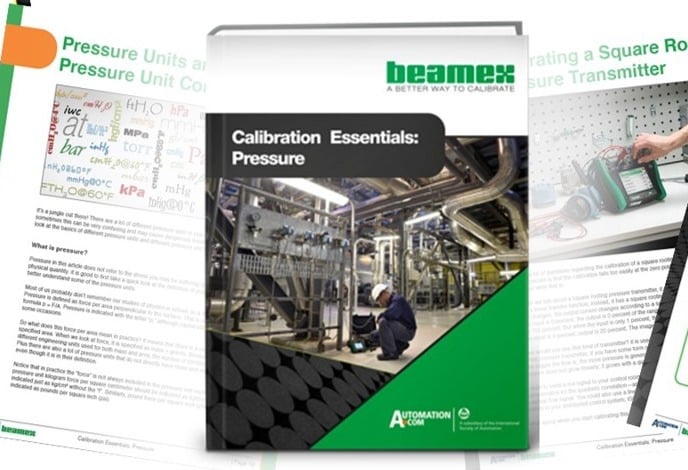
Pressure calibration eBook
Discover 40-pages of detailed strategies and resources for calibrating your pressure instrumentation.
Read more >
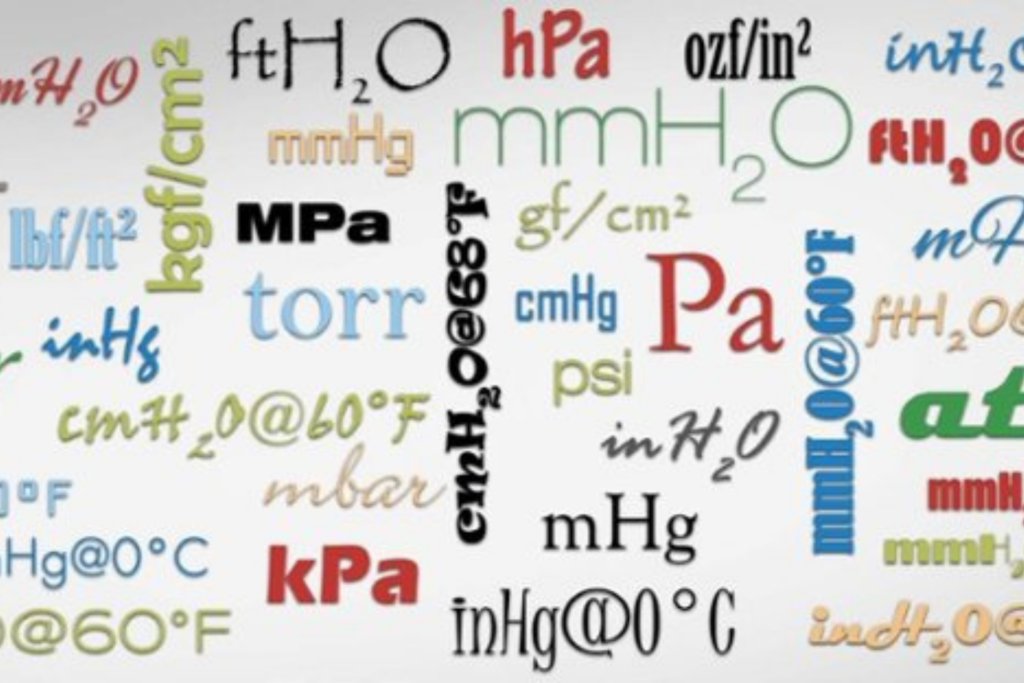
Pressure units and pressure unit conversion
Learn all about pressure, different pressure units and pressure unit families.
Read more >
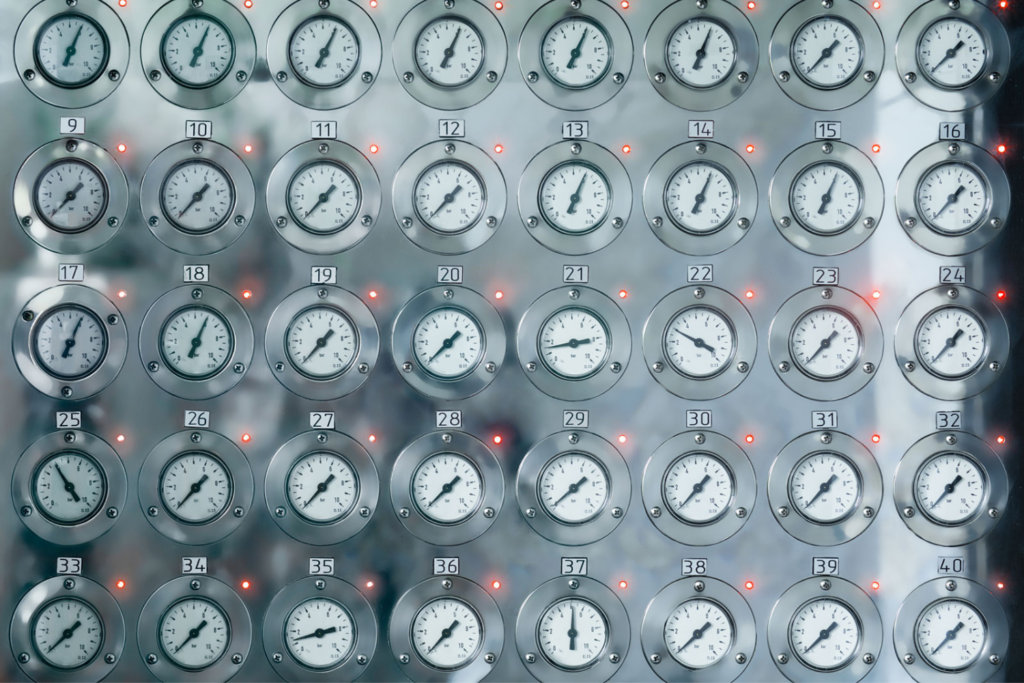
How to calibrate pressure gauges
Learn everything on how to calibrate pressure gauges.
Read more >
